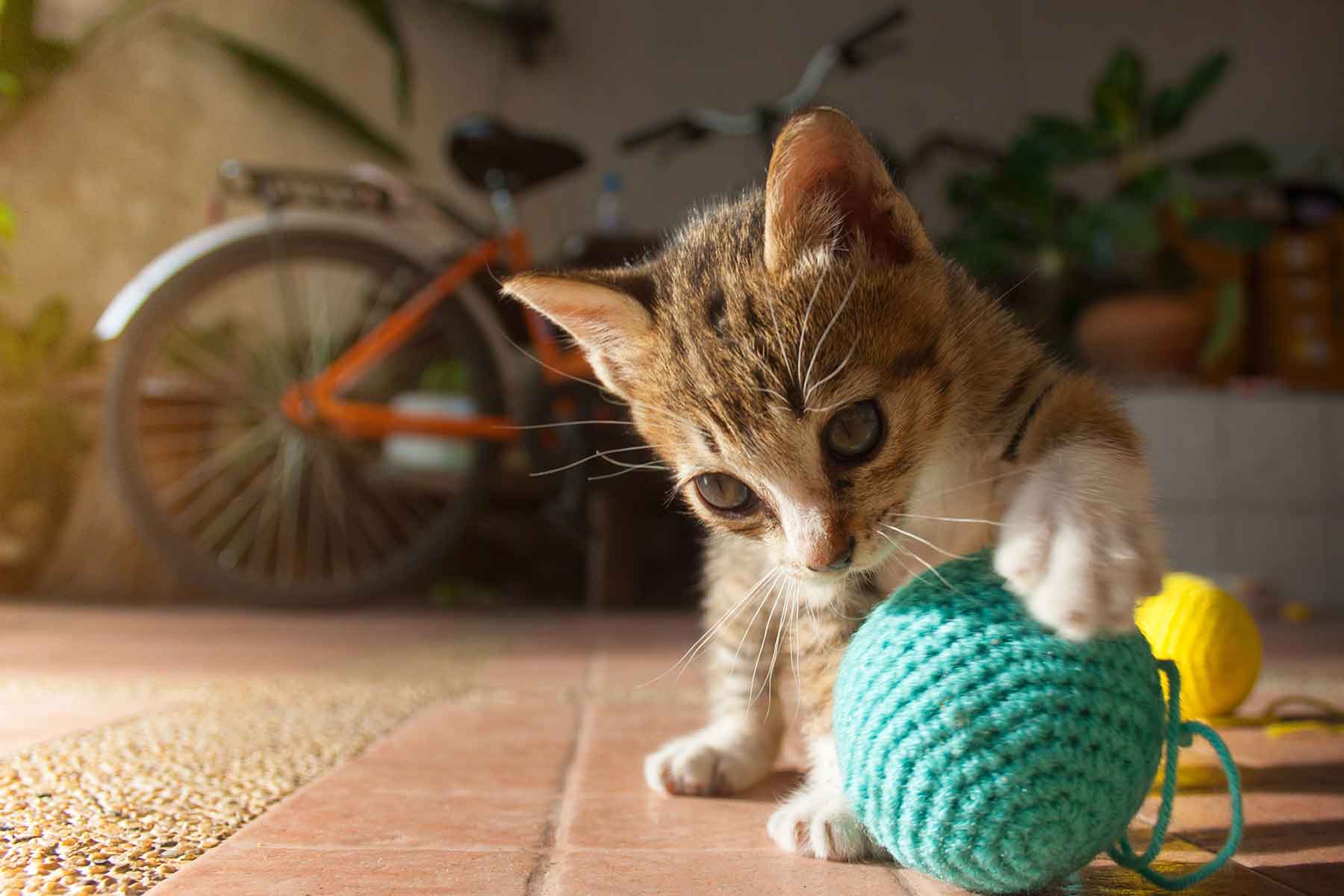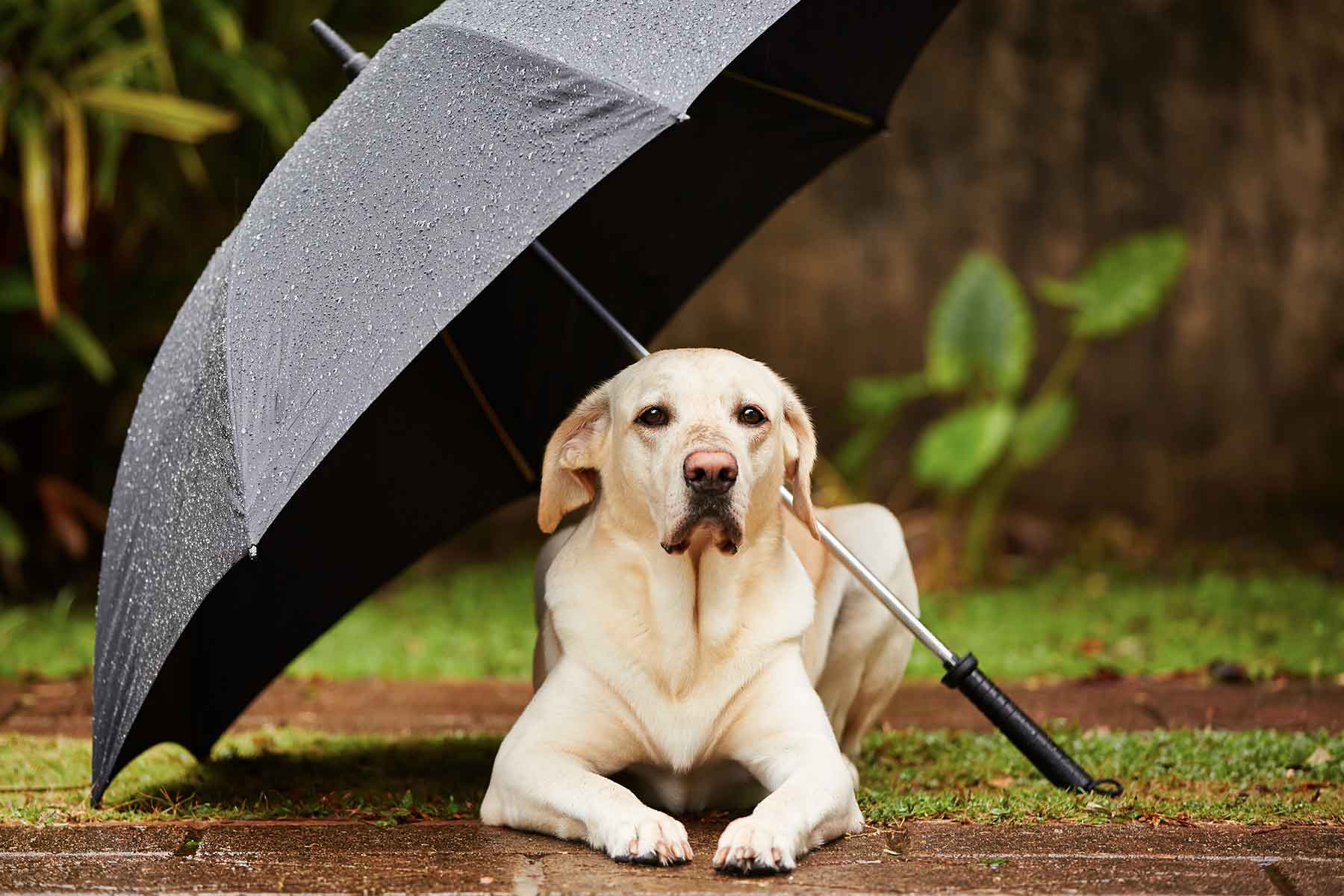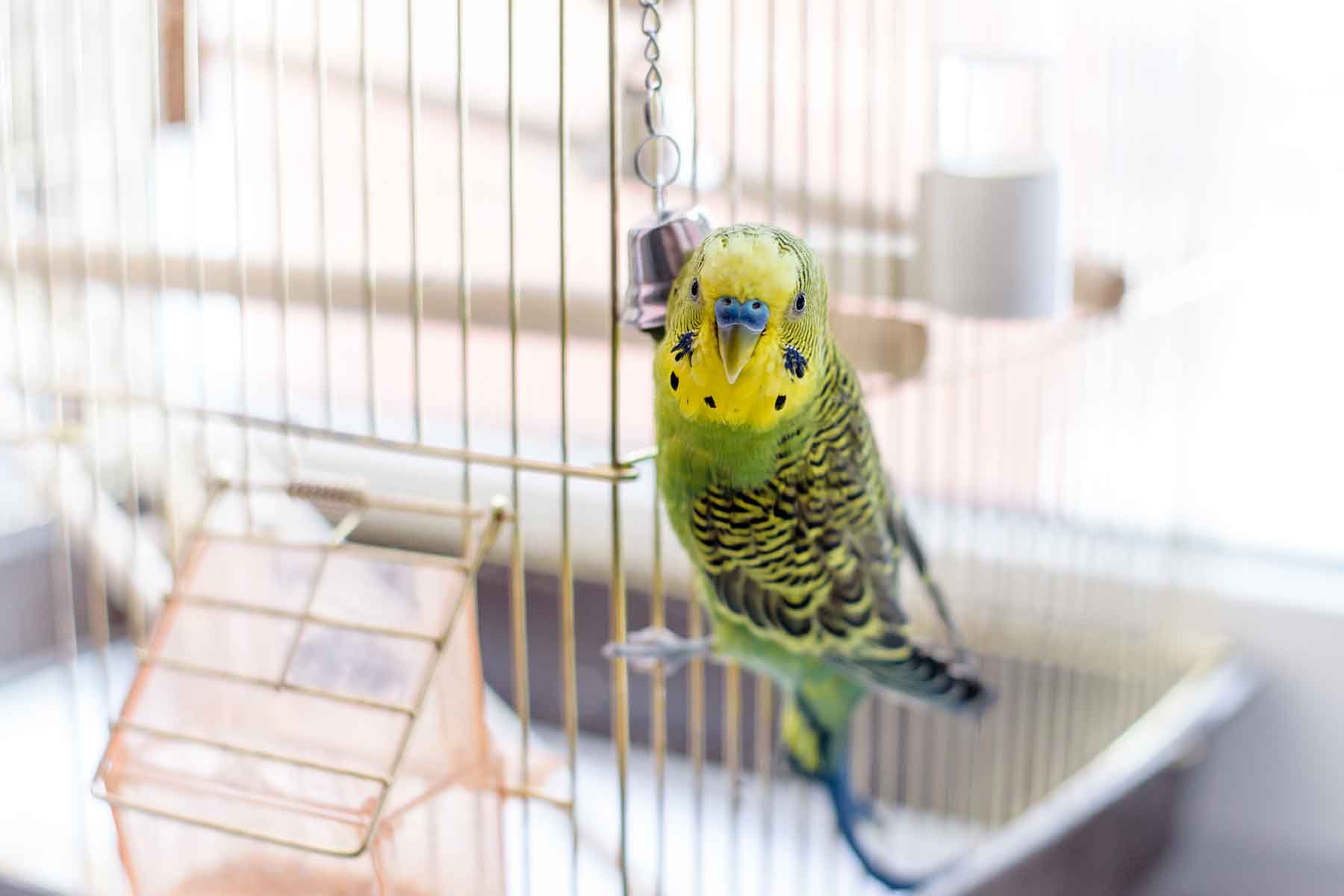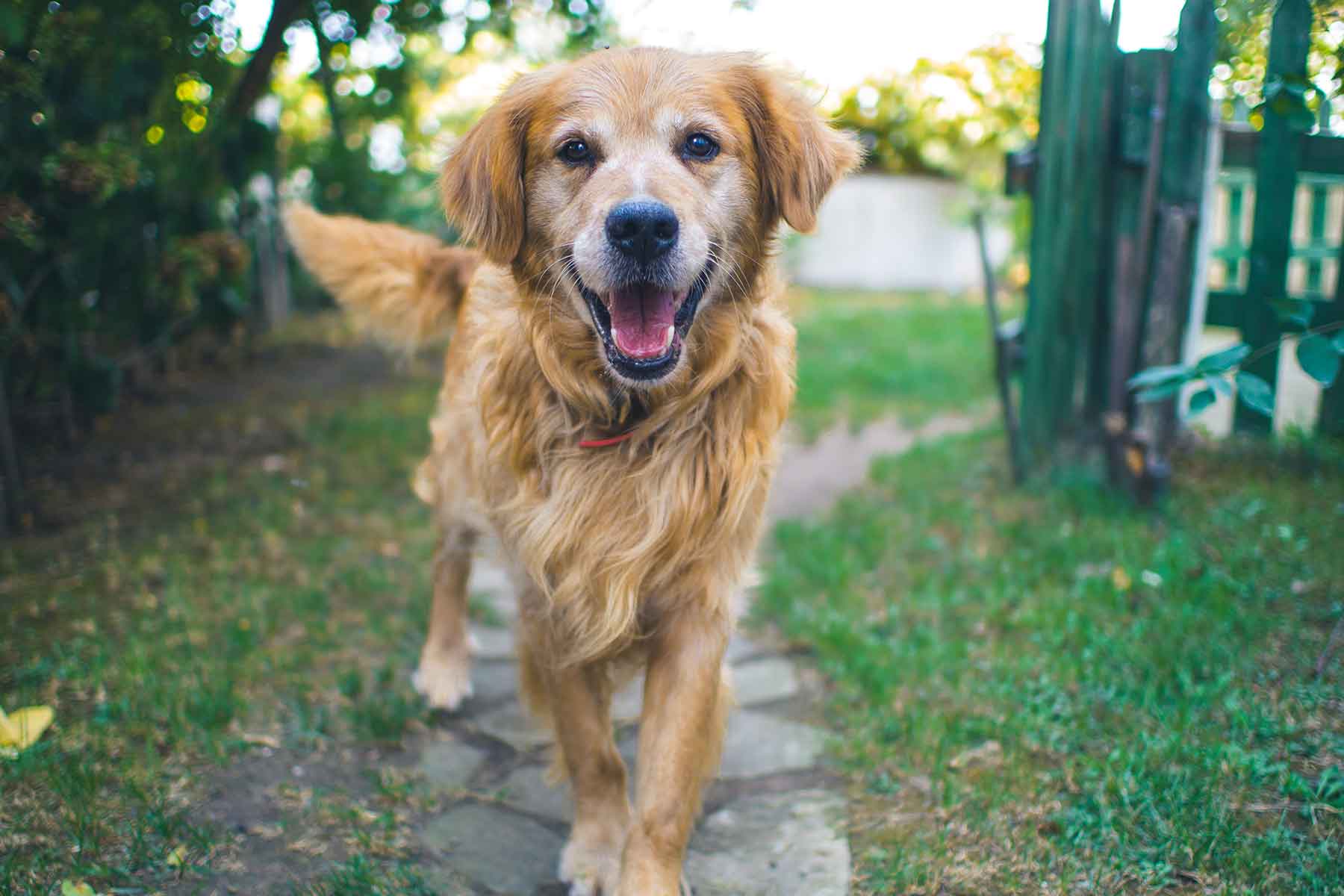Feline Lower Urinary Tract Disease (FLUTD) is a disease that results in inflammation of the bladder (cystitis) and/or the urethra (urethritis). The condition may result in partial or complete obstruction of the urinary tract. Urinary obstructions are life threatening and require immediate veterinary treatment.
What causes FLUTD?
The exact cause of FLUTD is unknown – there may be more than one single cause. It is a complex condition where a number of factors contribute to the development of the disease, including age, sex, obesity, diet, stress, urine pH and urine concentration. Viruses may also play a role in causing FLUTD.
What are the signs of FLUTD?
Most signs result from urinary tract irritation. Your cat may be doing one or more of the following things:
- spending prolonged periods squatting and may strain during urination
- may continuously dig holes in the garden or get into the litter tray and strain to urinate
- may only pass very small amounts of urine
- will attempt to urinate more frequently
- may cry while attempting to urinate
- has blood-tinged urine (pink or red urine)
- urinates in unusual places, for example, the bathroom sink or bath.
It may be difficult for you to tell whether your cat is trying to urinate or is constipated. If you are unsure, please discuss this with your veterinarian.
If the urinary tract is completely obstructed (blocked), your cat may:
- show any of the above signs
- be lethargic, vomit and have no appetite
- show pain when the abdomen is touched
- have a swollen lower abdomen.
What should you do if your cat is showing signs of infection?
For your cat’s continued health and to keep him/her pain free, immediate treatment is vital. Even if your cat is showing just one of the signs mentioned above please do not hesitate to call our healthcare team to discuss your concerns. Depending on your observations we may suggest further monitoring at home or an immediate check-up with your veterinarian.
What treatment is available?
When FLUTD is suspected, tests are required to confirm the diagnosis. This usually requires analysis of the urine. In some cases, x-rays and blood tests may be required to assess if your cat is in a critical or life-threatening situation.
If the bladder is blocked, a general anaesthetic is required to relieve the obstruction, flush out the urethra and place a tube (catheter) into the bladder to allow a patent pathway for urine flow. Intravenous fluids are usually required to help dilute the urine and assist the kidneys in removing waste products. This is usually accompanied by a period of hospitalisation to ensure the bladder is working properly and the urethra remains patent after a blockage has been relieved.
How do you care for your pet after treatment?
When your pet returns home, he/ she will be confined indoors for 3 to 4 days. Occasionally a re-blockage occurs, so we need to ensure that your cat is able to pass urine daily by using a litter tray.
So how can we manage or prevent these FLUTD episodes? Many therapies have been trialled to reduce the frequency of episodes but the only clinically proven therapy is to reduce the concentration of urine – as dilute urine is less likely to stimulate the sensitive bladders of affected cats. Reducing the concentration of urine in cats can be very difficult and usually involves the use of a wet/canned food only. Sometimes a special diet is prescribed by your veterinarian. Encouraging cats to drink more can involve adding tuna broth to water, using water fountains and trialling different types of water containers (including dog bowls).
Other therapies include behavioural modification to reduce stress in affected cats. This may include altering the environment to allow for more natural behaviours such as climbing, scratching, hiding and resting. In multi cat households reducing the competition for resources such as food, water, litter boxes and hiding spots. Many veterinarians may prescribe pain relievers during an acute episode and anti anxiety medications for more long term control. Whilst sometimes antibiotics are prescribed, they have little impact in the control and management of this condition.











